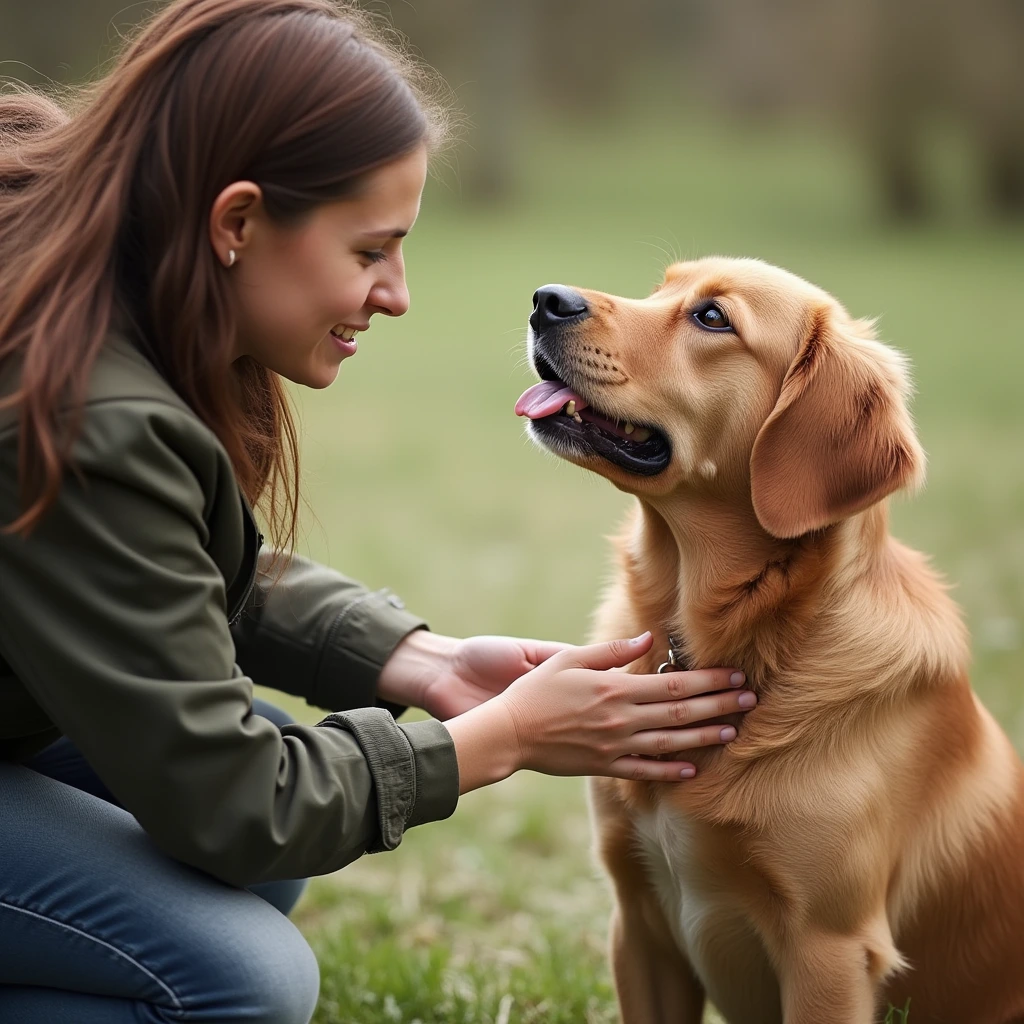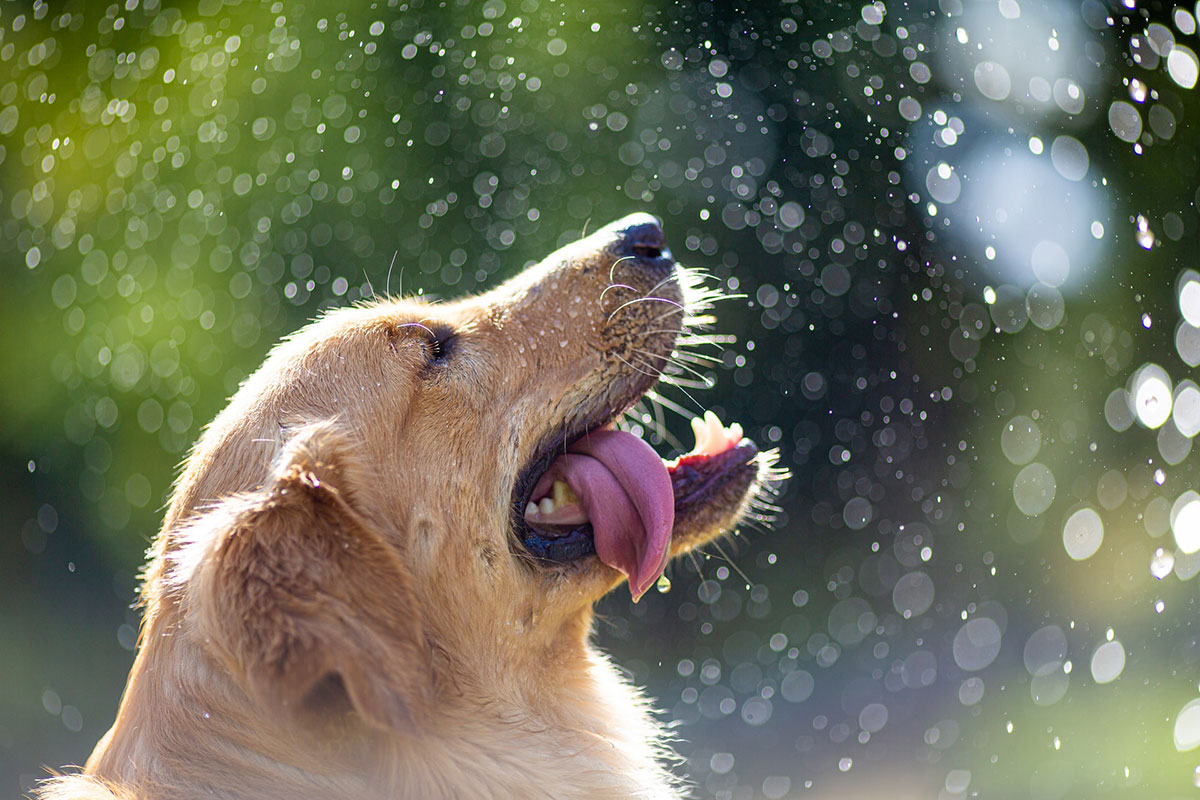Introduction:
Petting a dog is one of the simplest joys in life, but not every dog is ready or comfortable with it. Whether you’re encountering a dog in your neighborhood, at a park, or meeting someone else’s pet, it’s important to understand how to approach them safely. Just like humans, dogs have their own way of communicating, especially when it comes to their personal space. Their body language speaks volumes about whether they’re open to interaction or prefer to be left alone. In this guide, we’ll explore how to read a dog’s body language to determine if it’s safe to pet them, how to approach unfamiliar dogs, and how to ensure that both you and the dog are comfortable during the interaction. We’ll also take a closer look at the popular “Can I Pet That Dog?” app, which helps you make safer decisions when meeting new dogs. Whether you’re a dog lover or just want to be respectful of their boundaries, understanding these signs is key to having positive and safe interactions with dogs.
Understanding Dog Body Language for Petting
Before petting a dog, it’s essential to understand its body language to ensure a safe and positive interaction. Some clear signs that a dog is open to being petted include a wagging tail, a relaxed body posture, and willingly approaching you. These behaviors indicate that the dog feels comfortable and friendly. On the other hand, signs that a dog does not want to be petted include a tense or stiff body, growling, avoiding eye contact, or stepping away. Ignoring these signals can make a dog feel anxious or even lead to defensive reactions. Respecting a dog’s personal space is crucial, as dogs communicate discomfort through their posture and subtle cues. Always allow the dog to initiate contact and observe its reaction before proceeding with petting.

Is It Safe to Pet That Dog? How to Approach an Unfamiliar Dog
Before petting an unfamiliar dog, it’s important to assess its mood and body language. A calm dog will have a relaxed posture, a gently wagging tail, and an open, friendly expression. In contrast, an anxious or stressed dog may exhibit signs such as a tucked tail, pinned-back ears, heavy panting, or avoidance. Recognizing these signals can help prevent a negative interaction.
When approaching a dog, always move slowly and avoid sudden gestures that might startle it. It’s best to let the dog come to you rather than reaching out immediately. Extending your hand too quickly or leaning over the dog can be perceived as threatening. Instead, stand slightly to the side and allow the dog to sniff you first.
If the dog belongs to someone else, always ask for permission before petting. Some dogs may be shy, in training, or uncomfortable with strangers. Politely ask, “Is it okay if I pet your dog?” and wait for a response. If the owner agrees, follow their guidance on where and how to pet the dog. Respecting both the dog’s and owner’s boundaries ensures a safe and positive experience for everyone involved.
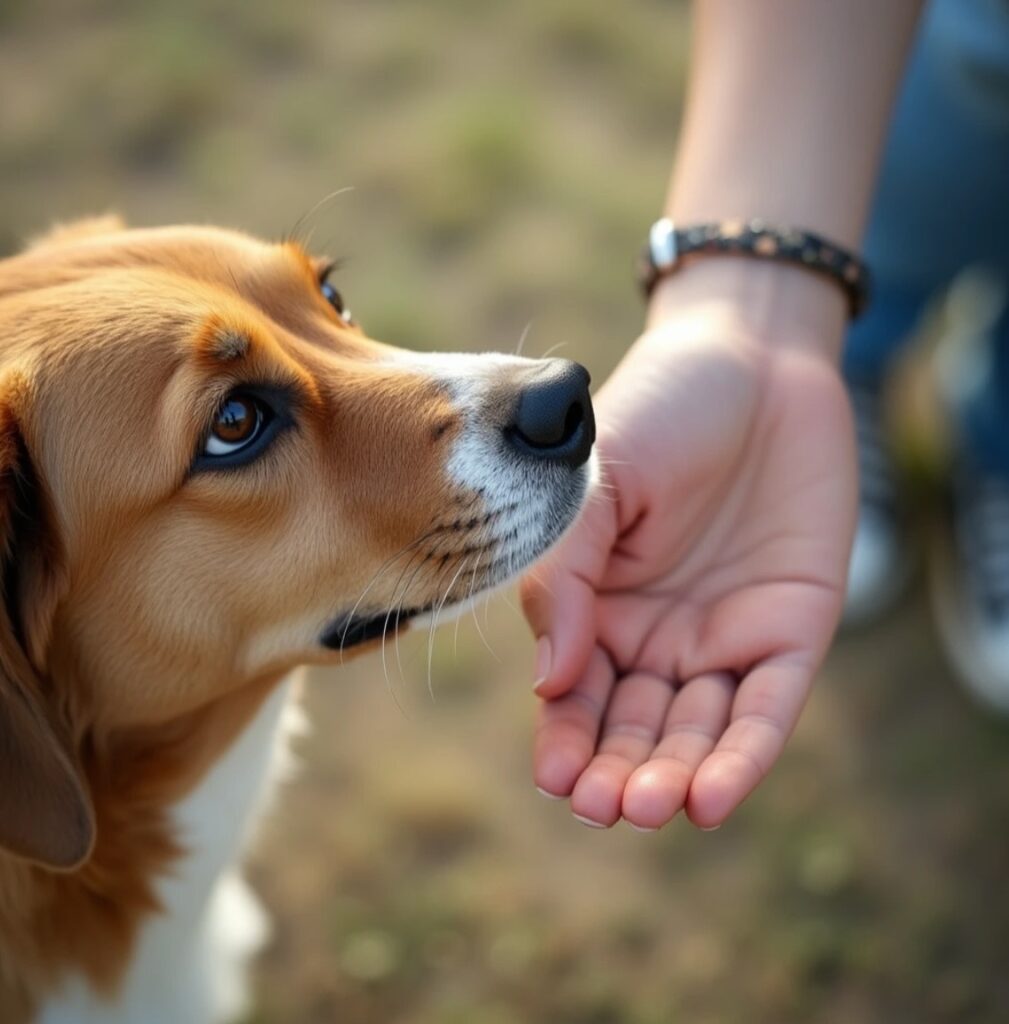
Petting Dogs with Anxiety or Fear
Not all dogs are comfortable with petting, especially those that experience anxiety or fear. Recognizing the signs of a fearful dog is crucial to avoiding stress or negative reactions. A dog that is anxious may shy away, tuck its tail between its legs, cower, or avoid eye contact. Some may also tremble or lick their lips as a sign of discomfort. If a dog shows these behaviors, it’s best to proceed with caution or avoid petting altogether.
When petting an anxious dog, a gentle approach is essential. Allow the dog to come to you instead of reaching out immediately. Use slow, calm movements and avoid making direct eye contact, which some dogs perceive as intimidating. Start by offering your hand for the dog to sniff, and if it appears comfortable, pet it gently on areas where dogs typically enjoy touch, such as the chest or shoulders, rather than reaching over its head.
One of the most common mistakes people make when petting anxious dogs is overwhelming them with sudden movements, loud noises, or too much physical contact too soon. Approaching too quickly, leaning over the dog, or touching sensitive areas like the head or paws can make the dog feel trapped or threatened. Patience and respect for the dog’s comfort level are key to building trust and ensuring a positive interaction.
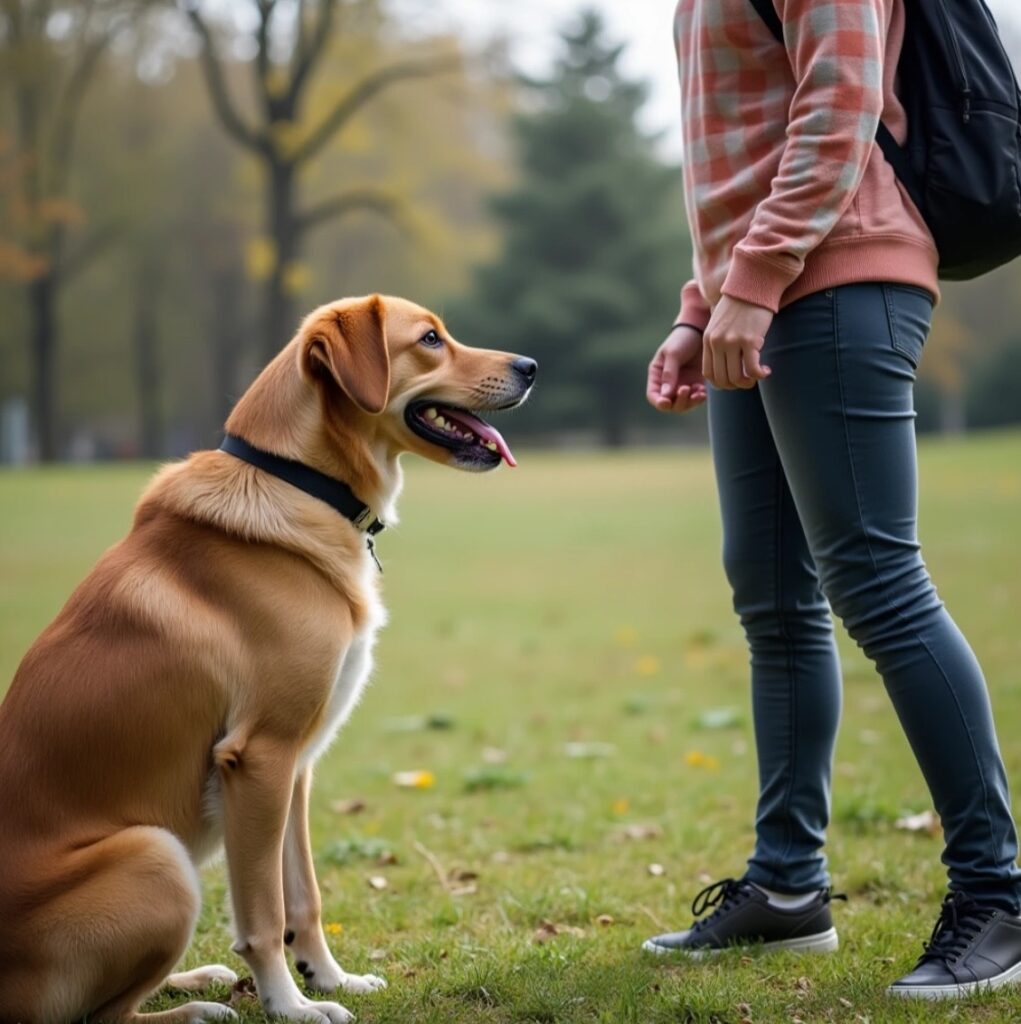
Can I Pet That Dog App: How It Helps with Dog Safety
The “Can I Pet That Dog” app is designed to help dog lovers determine whether it’s safe to pet a dog and how to approach them properly. The app provides valuable guidance on dog behavior, helping users understand if a dog is open to interaction or needs space. By offering insights into canine body language and petting etiquette, it ensures safer interactions for both people and dogs.
One of the app’s key features is its dog profile system, where owners can share information about their pets, including their temperament, socialization level, and whether they enjoy being petted. Additionally, the app provides safety recommendations based on expert advice, guiding users on the best way to approach unfamiliar dogs. Whether you’re meeting a pet at a park, in a neighborhood, or while traveling, the “Can I Pet That Dog” app acts as a helpful tool to promote responsible and respectful interactions with dogs.
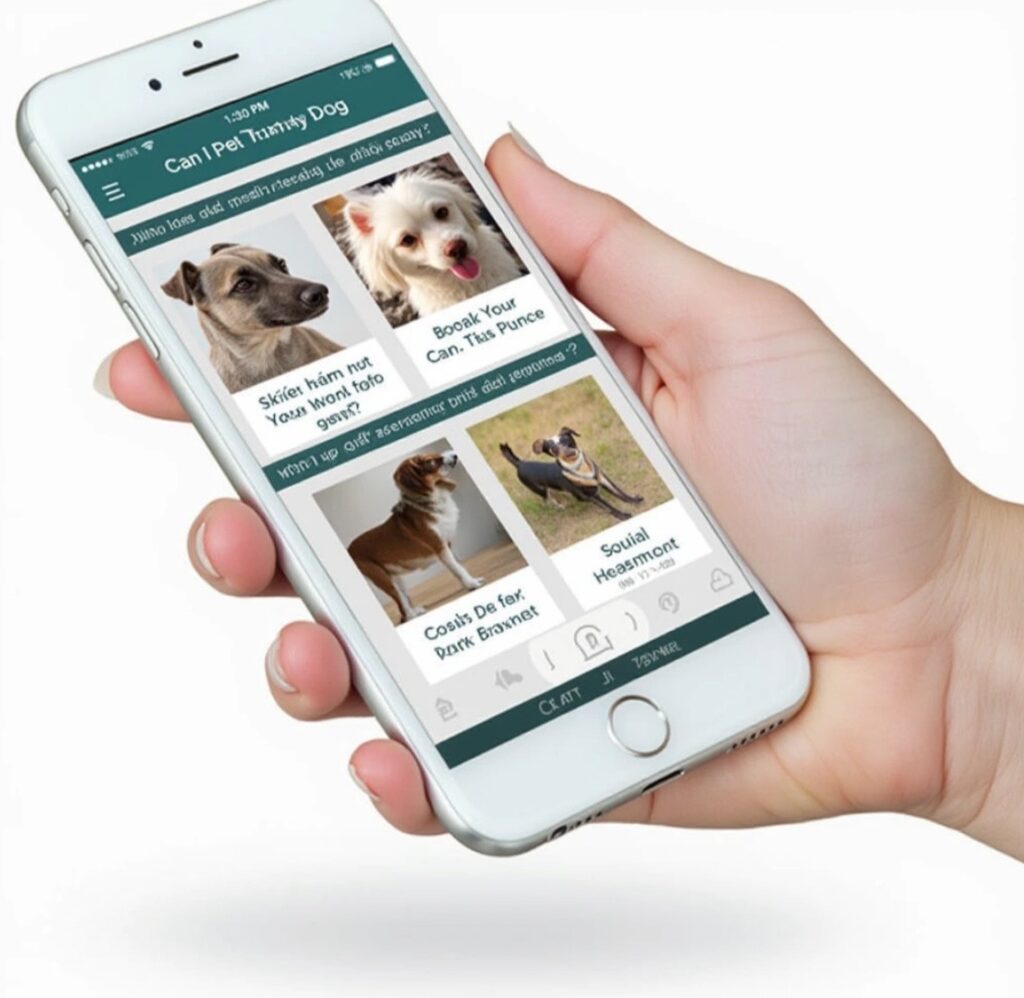
Dog Socialization and Proper Petting Etiquette
A dog’s level of socialization plays a major role in how they respond to petting. Well-socialized dogs are accustomed to human interaction and are generally more receptive to petting, often showing friendly body language such as a wagging tail, relaxed posture, and willingness to approach. Unsocialized dogs, on the other hand, may be more hesitant, nervous, or even fearful when encountering strangers. These dogs might avoid interaction, stiffen up, or display warning signs like growling or retreating. Understanding a dog’s socialization level can help ensure a positive and stress-free experience for both the pet and the person.
When at a dog park, following proper petting etiquette is essential. Always observe a dog’s behavior before approaching, and never assume that all dogs want to be petted. Some dogs may be friendly toward their owners but less comfortable with strangers. It’s also important to respect boundaries—never pet a dog without the owner’s permission and avoid interrupting dogs that are playing or resting. Reading a dog’s cues, such as relaxed body language and approaching you willingly, is a good indicator that they are open to interaction.
For dogs that aren’t comfortable with being petted, the best approach is to respect their space and withdraw calmly. If a dog backs away, lowers its head, or avoids eye contact, it’s a clear sign that they don’t want physical contact. Instead of forcing interaction, allow the dog to get used to your presence and observe from a distance. Understanding and respecting a dog’s comfort level is key to building trust and ensuring a positive experience for everyone involved.
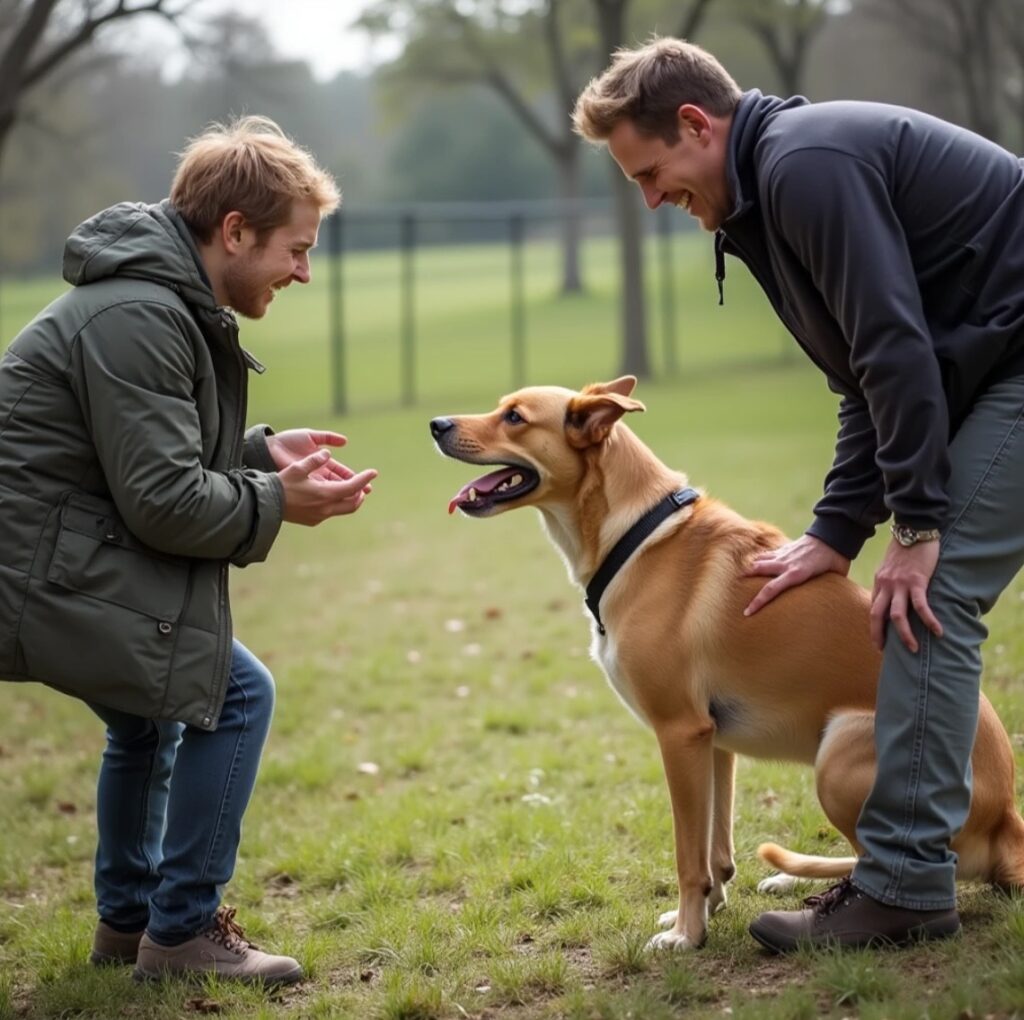
Conclusion
Understanding how to properly approach and pet a dog is essential for ensuring safe and positive interactions. By learning to read a dog’s body language, respecting their personal space, and following proper petting etiquette, you can create a more comfortable experience for both yourself and the dog. Whether a dog is friendly, anxious, or unsure, patience and awareness are key to building trust.
For those who want extra guidance, the “Can I Pet That Dog” app is a great tool to help identify safe petting opportunities and learn more about dog behavior. Download the app to improve your knowledge and ensure responsible interactions with dogs.
Have you ever had an interesting experience when petting a dog? Share your thoughts, tips, or stories in the comments below!
